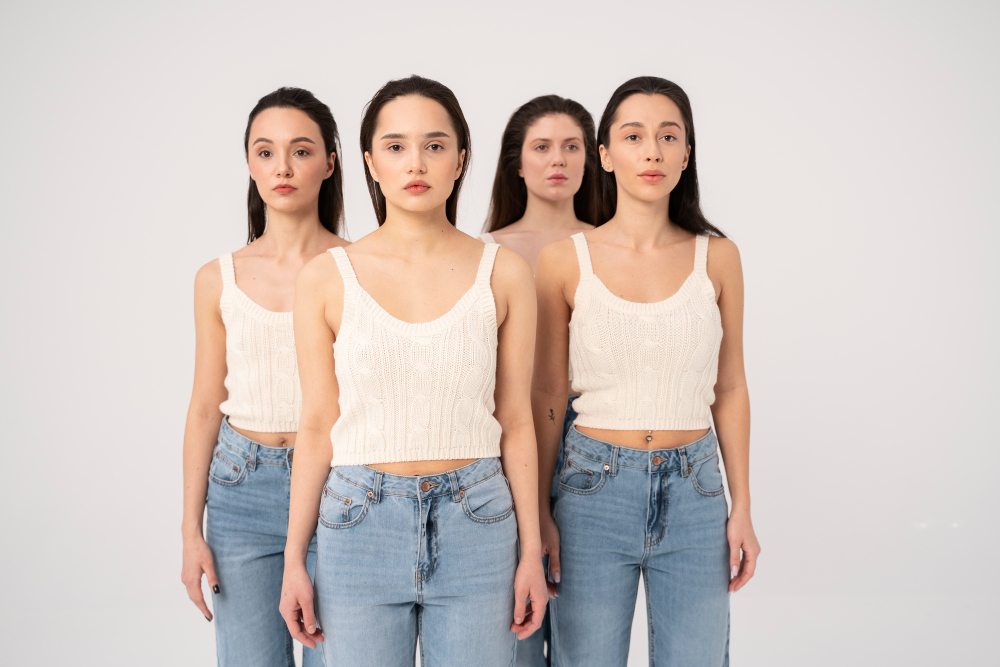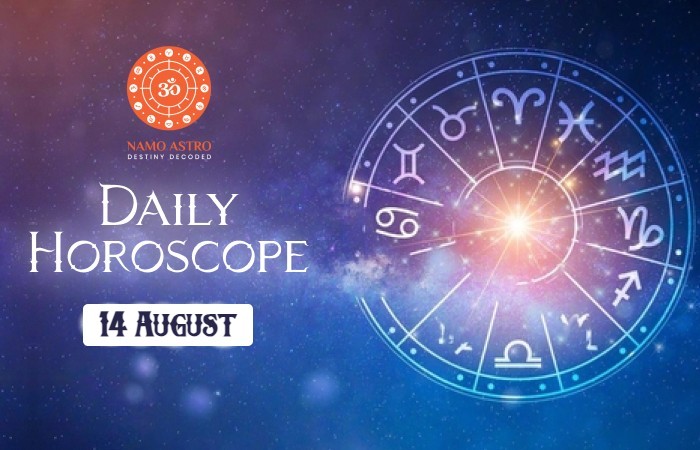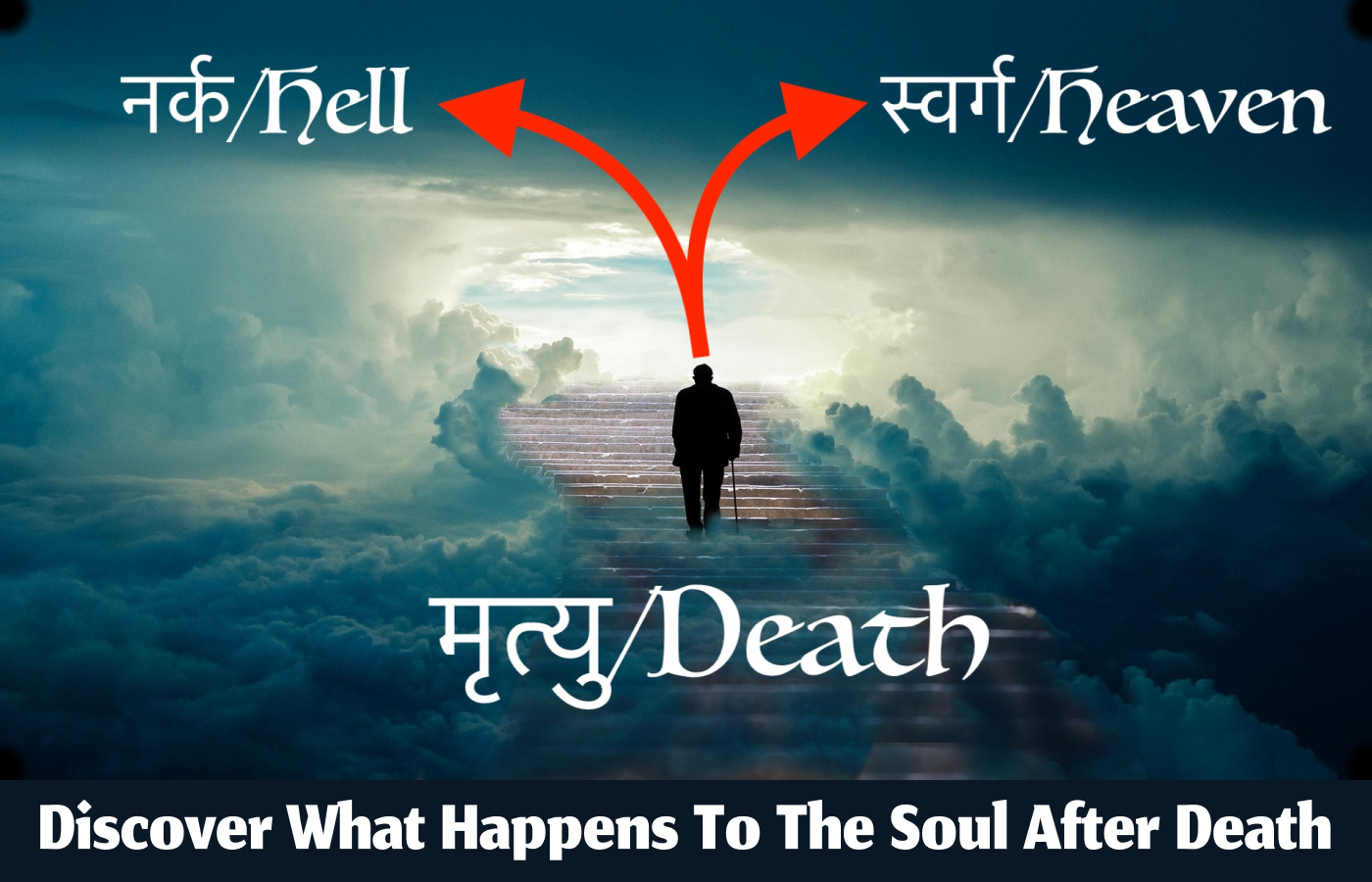How to Identify Padmini, Chitrini, Sankhini, and Hastini Women

“A woman’s beauty is like a flower that blooms briefly and then fades away, but her inner qualities endure forever.” – Vatsayan in KamaSutra
Since time immemorial, there has been a constant thirst in humans to know women, their traits and what makes them so delicate yet so strong; calm yet so fiery. For ages, men have found women to be complicated and mysterious, yet, they have realised, it is women who are the force behind their prosperous world. She in every form is a giver. If she is calm, composed and relaxed like Mahalaxmi and Saraswati, she can take the form of Devi Durga or Maa Kali, the fiercest one, if circumstances demand.
Who is a Nari, a Woman?
A woman is Nari, which, being interpreted as, “No A’ri”, or foe; means she is not a foe to anyone, nor do others see foe in her. A woman in her pure form is the most beautiful and loveable creation of God, known for beauty, kindness, compassion, love and care. She carries all the traits that make her special and charming.
According to Ancient Sanatan Hindu beliefs, she is the embodiment of Shakti and Prakriti, the centre of all energy and life sources. She is the inspiration and she is the aspiration too, therefore, there is an old saying, ‘Behind every successful man there is a woman.’ Therefore, women’s role in this world is more than one can imagine and her demeanour and characteristics (charitra) are too complex to be comprehended.
As it is said in the Niti-shastra, striya charitram purushasya bhabyam daivo vijanati kuto manushyah: “
Meaning, “Even the demigods cannot predict the behaviour of a woman. Nor can they understand the fortune of a man or how it will determine his destiny.”
Ratirahasya and Four Types of Women
However, Ratirahasya (also known as the Koka Shastra) is one of the significant Hindu texts that explores subtle characteristics of a woman’s personality. It groups them into four categories. According to Kokkoka, the author of the Ratirahasya, there are four different types of women, and all women can be classified into one of those types, based on their appearance and physical features.
- Padmini (lotus woman)
- Chitrini (art woman)
- Shankini (conch woman)
- Hastini (elephant woman)
The ancient Hindu scriptures, like the Vedas and Upanishads, cover an incredibly wide range of topics and have provided inspiration and insight for people around the world for ages. This is one of the most interesting and sought-after subjects, and it has kept people interested in knowing more about women for thousands of years.
Although Ratirahasya was written in the mediaeval period in India, it still holds its significance even today when it comes to describing women and womanhood. It is also the first literature to study feminine beauty so exhaustively, and it is still widely read today.
Here we will learn how four different types of women can be identified based on their appearance and physical attributes.
Padmini or The Lotus Women
- The most beautiful and irresistible type. The Dangerous one. She is tender like a lotus bud.
- Physical features: Face-like moon, big beautiful eyes, low seductive voice, with sharp features. The nose is similar to a sesamum flower, comprising the loveliness of the petals of a blue water lily.
- Creates an aura by dressing up in the best possible attire, a siren walks to lure men, is courteous and knows how to hold a conversation with a man.
- They have a natural charm and charisma, which lures lovers in. They are social magnets and know how to attract people. Groups form around them. Men worship them. They know what they want and how they want it.
An ideal worth aspiring for!
Chitrini or The Art Women
- These are artistic and creative souls.
- Have a natural inclination for art such as music, dance, paintings and other forms of visual, performing and fine arts.
- Their voice resembles the sound of a peacock.
- Physical features: medium height, neither too long nor short, thick black hair.
- Just like Padmini women, they are outgoing and extroverted. She has a kind affection for animals and birds.
Shakini or The Conch Women
- Physical features: tallest of all with a medium complexion, these are the flirtatious ones
- She is, however, decisive and fond of new things. They are effective communicators with a grasp of verbal as well as nonverbal communication. They have a charm with words.
- Appetite for love and engages passionately in love affairs.
- Shakini women are often known for their wisdom and intelligence.
Hastini or The Elephant Women
- Physical Appearance: a coarse body, dresses up in a not-so-pleasing manner, with physical strength as a dominating characteristic (hence the name), they have a robust body with broad shoulders.
- They can be a bit harsh in nature
- A sin which she commits is gluttony, and thus sometimes is considered shameless by some.
- These are some of the most hardworking women out there, who are tough and focused on their goals.
Though written in mediaeval India, the text has not lost its relevance. Showing that the true measure of a woman lies not in her beauty alone, but in her inner qualities as well.
Consult our astrologers for a personalised personality traits analysis.









